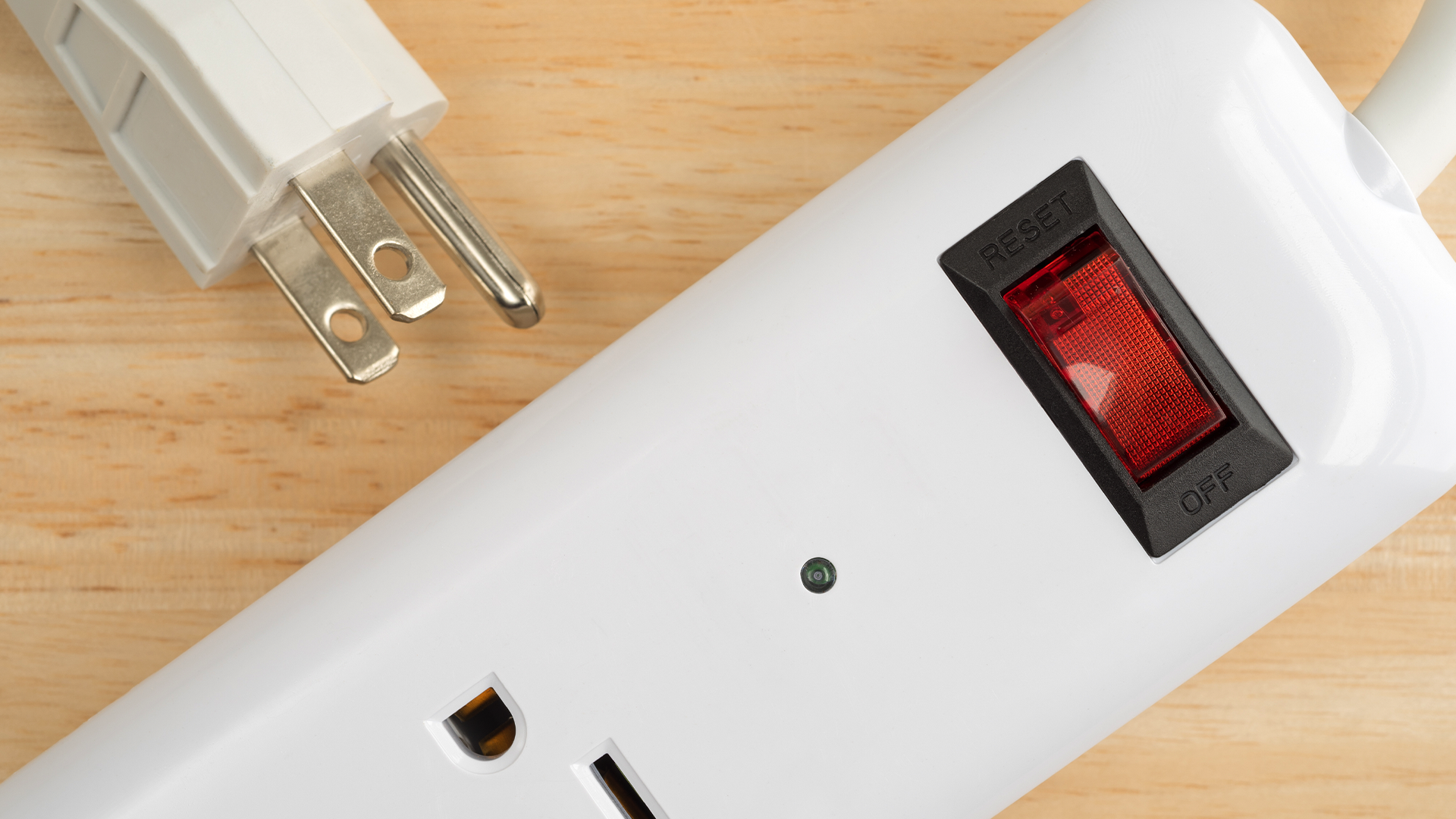For me I have Types 2 & 3 surge protectors installed
Surge Protectors are classed into 3 types.
Type 1 is protection against surges caused by lightning strikes and is installed at the electricity meter side outside your house.
Type 2 is a whole-house SPD (Surge Protector Device) installed in my breaker box. This is to protect against high incoming voltage fluctuations and also surges caused by lightning strikes
Type 3 is endpoint surge protection to protect your devices. Not all devices in your house need this. High-value devices would likely to use this. Example is the very expensive audio/video/PC system vs the toaster in your house.
Notes
1) Your house main breaker can also trip if there's strong lightning strikes nearby even though you have whole-house Type 2 SPD installed.
2) Surge Protector works on voltage (like RCD/RCCB) unlike breaker which works on current. A fuse also works on current. You can reset the breaker if it trips. For a fuse you need to replace if it blows.
3) Do NOT piggyback (daisy chain) endpoint surge protectors. That is
You can have an extension strip only (with no surge protection) connected to a surge protected extension strip
But you don't connect a surge protected extension strip to another surge protected extension strip
I bought the following APC Performance SurgeArrest 6 outlets (1836J) and 8 outlets (2754J) 230V UK
PM8-UK - APC Performance SurgeArrest 8 outlets 230V UK | APC Singapore

www.apc.com
PM6-UK - APC Performance SurgeArrest 6 outlets 230V UK | APC Singapore

www.apc.com

 www.reviewgeek.com
www.reviewgeek.com


